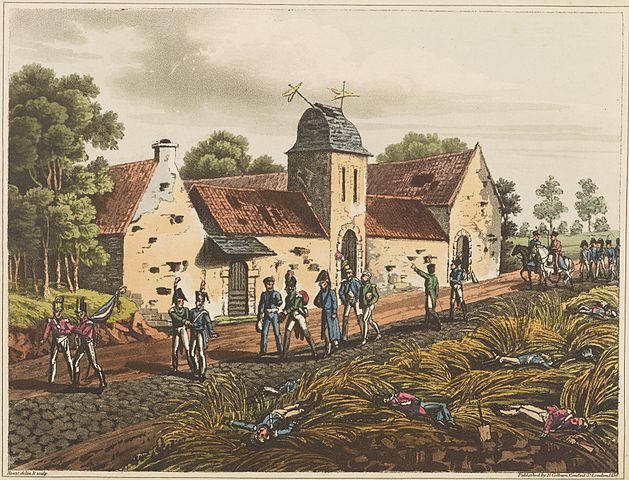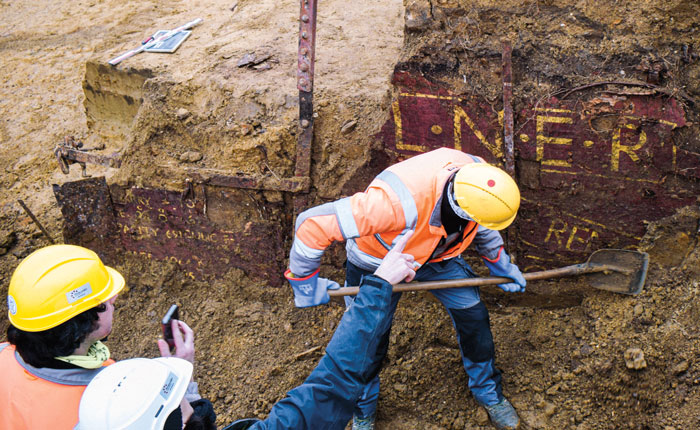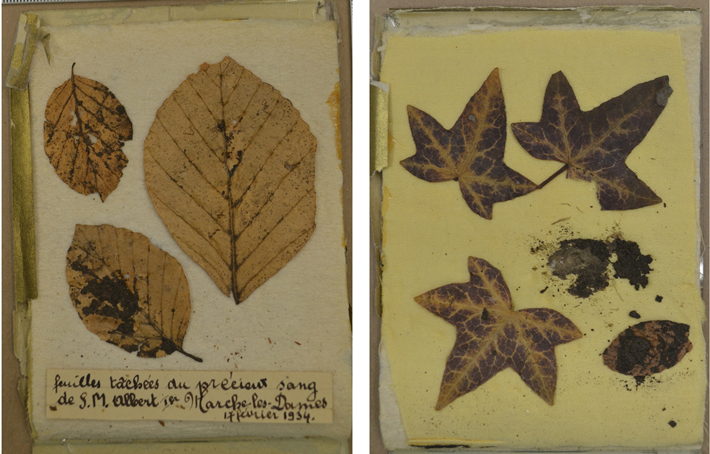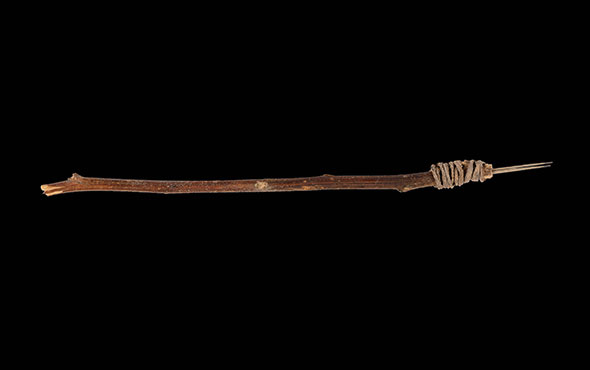
MONT-ST-JEAN, BELGIUM—The Guardian reports that the group Waterloo Uncovered, led by Tony Pollard of the University of Glasgow, has uncovered three human leg bones, one of which bears the marks of a surgeon’s saw, at the site of a farmhouse used as a field hospital on June 18, 1815, during the Battle of Waterloo. The field hospital served as many as 6,000 soldiers under the command of Britain’s Duke of Wellington who were wounded while fighting Napoleon Bonaparte’s French army. The excavators, some of whom are veterans themselves, also found musket balls fired by Brown Bess infantry muskets carried by British and Prussian troops, and others fired by smaller French weapons. The heavy concentration of musket balls suggests that a previously unrecorded fight took place on the farmhouse steps. For more on the archaeology of the Battle of Waterloo, go to “A Soldier's Story.”











